
While washing your hands and getting vaccinated are frontline measures for preventing sickness, there’s a subtler strategy that’s often overlooked: Being mindful of which body parts you touch regularly.
Ravi Jhaveri, MD, Division Head of Infectious Disease at Northwestern University School of Medicine, says “When we use our hands to touch things”—think phones or door knobs—”and then touch our face, we can spread germs without even realizing it.” It’s the small, often unnoticed habits, that can significantly increase the spread of germs and lead to illness.
To help minimize the risk, here are eight hotspot areas to avoid contact with to help keep those pesky pathogens at bay.
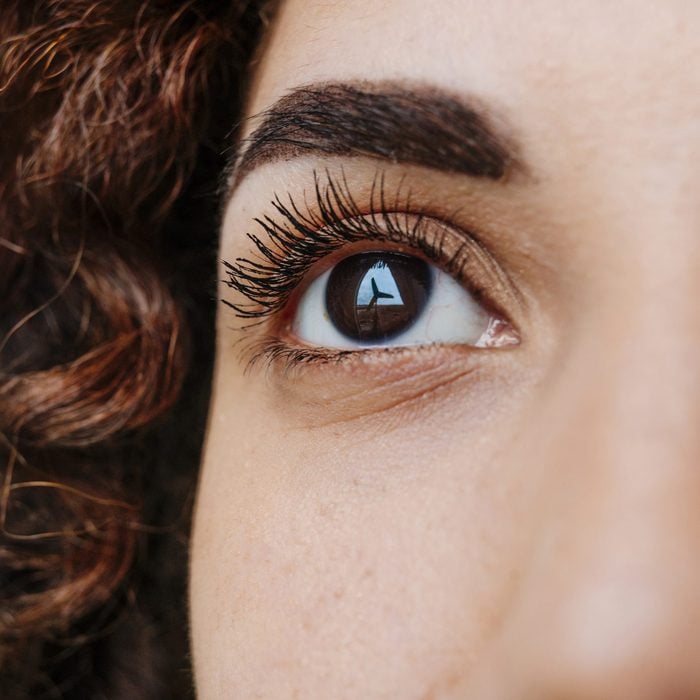
1. Eyes
Rubbing your eyes might feel instinctual, especially when you’re tired or dealing with an itch, but it’s a common way to pass germs from your hands to your eyes. A 2023 study published in the British Journal of Health Psychology suggests it can cause infections like conjunctivitis—commonly known as pinkeye—which spread quickly.
Contact lens wearers should be particularly cautious. To protect your eyes, make sure to clean your hands before touching them in any way, such as when inserting lenses or using eye drops. Those with allergies should opt for hands-free relief like antihistamine drops or cold compresses to avoid direct contact.
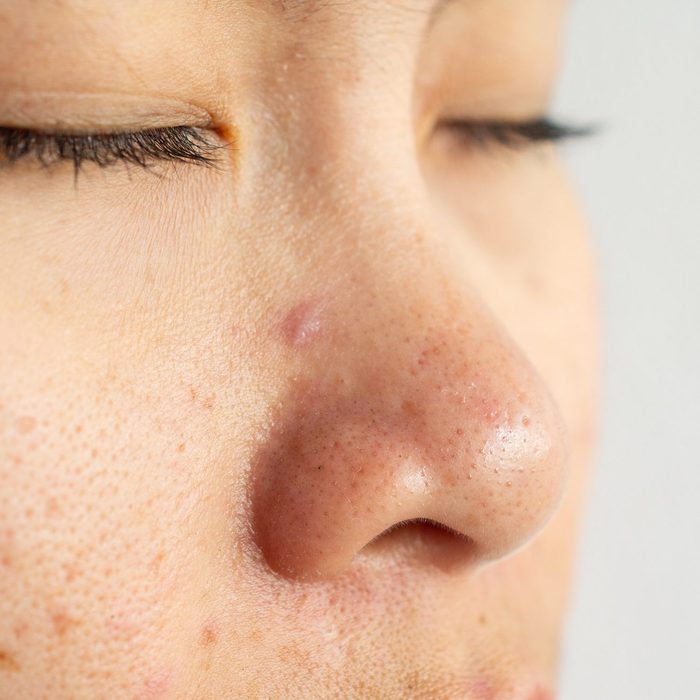
2. Nose
A 2015 study in Australia highlighted the risks from frequently touching our noses, which can serve as gateways for germs to enter the respiratory system, potentially leading to sinusitis. Sinusitis is an inflammation or swelling of the tissue lining the sinuses that can cause headaches, congestion, and discharge.
The study found that participants touched their faces, particularly the nose, 23 times per hour. The nose is designed to filter out dust and microbes, and touching it can significantly hinder this defense. To avoid this, opt for a tissue to address an itch or to adjust glasses. And if you need to sneeze, use a tissue or your elbow to block the aerosolization (spray) effect and prevent germs from spreading.
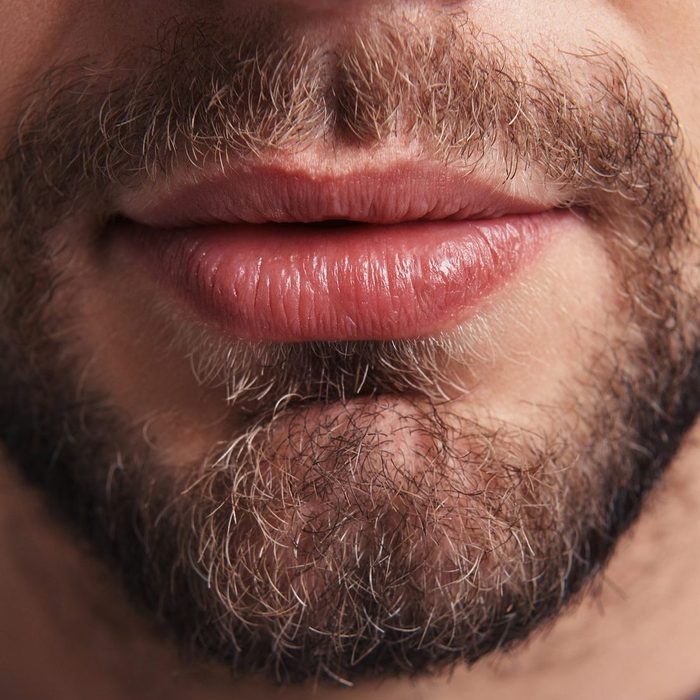
3. Mouth
Your mouth hosts a variety of bacteria, some of which are actually good for your health—but as Dr. Jhaveri points out, “Germs can enter our body through the respiratory system, so touching our mouth, which connects to the throat, windpipe, and lungs, can result in infections.”
This is due to the ease with which these germs can infiltrate our body through these areas. Everyday habits like nail-biting, chewing on your lip, or placing pens in your mouth can transfer harmful germs and lead to illnesses. To safeguard your health, wash your hands before meals, avoid sharing straws or utensils, and keep in mind that good oral hygiene involves more than just brushing and flossing—it’s also about keeping your hands out of your mouth.
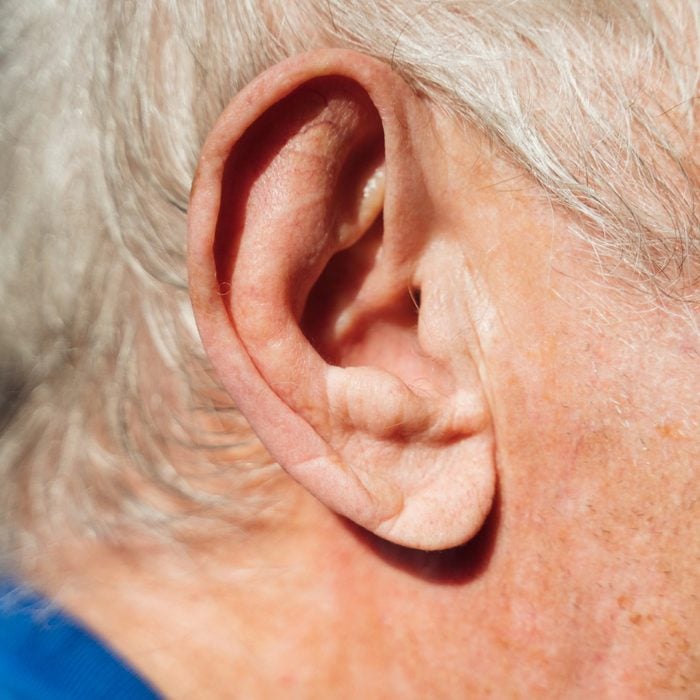
4. Ears
Your ears are finely balanced environments that can be easily upset by poking around inside them. Using your fingers, cotton swabs, or any other objects to clean your ears could not only bring in germs but also harm the sensitive structures inside, like the ear canal or eardrum. Even minor scratches can become a breeding ground for bacteria, and there’s a risk of serious damage, such as a punctured eardrum. A 2019 publication by two emergency room doctors at Kaiser Permanente in San Diego listed a few types of infections that can stem from such practices.
Do Wireless Earbuds Harm Your Brain? A Brain Cancer Doctor Sounds Off

5. Under fingernails
It’s why many state health regulations prohibit restaurant servers and frontline healthcare professionals like nurses from wearing acrylics or having long nails: The area underneath your fingernails is often a neglected spot during handwashing, as well as a major hiding place for dirt and germs.
Touching your face or food after touching under your nails can transfer these germs straight into your system. Regularly trimming and cleaning under your nails are easy steps you can take to stay squeaky-clean.
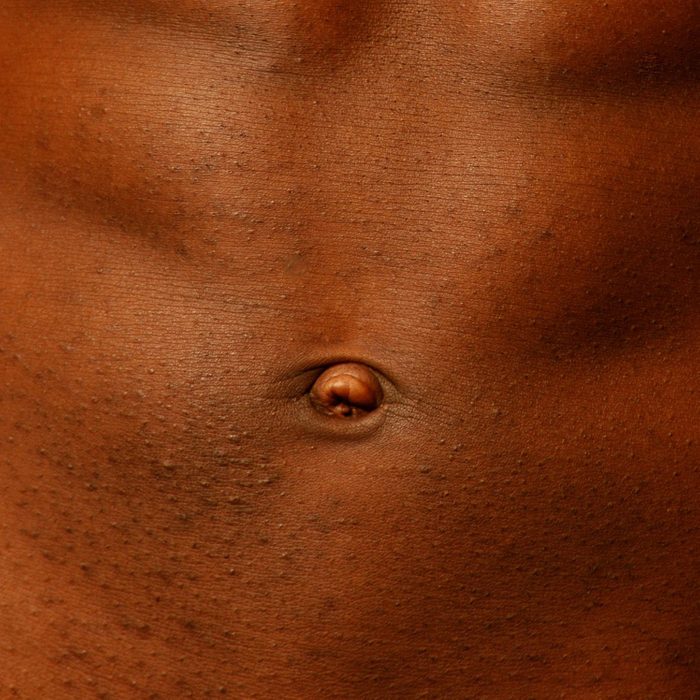
6. Belly Button
Your belly button—often out of sight and mind—actually collects sweat, dead skin, and lint, creating an ideal environment for bacteria and fungi. A 2012 study published in the peer-reviewed scientific journal PLoS ONE found that there are a variety of microbes living there, some of which can be harmful. Fiddling with your belly button might disturb this delicate ecosystem, potentially leading to infections or, though rare, more severe issues. It’s best to clean this area gently and avoid unnecessary tampering.
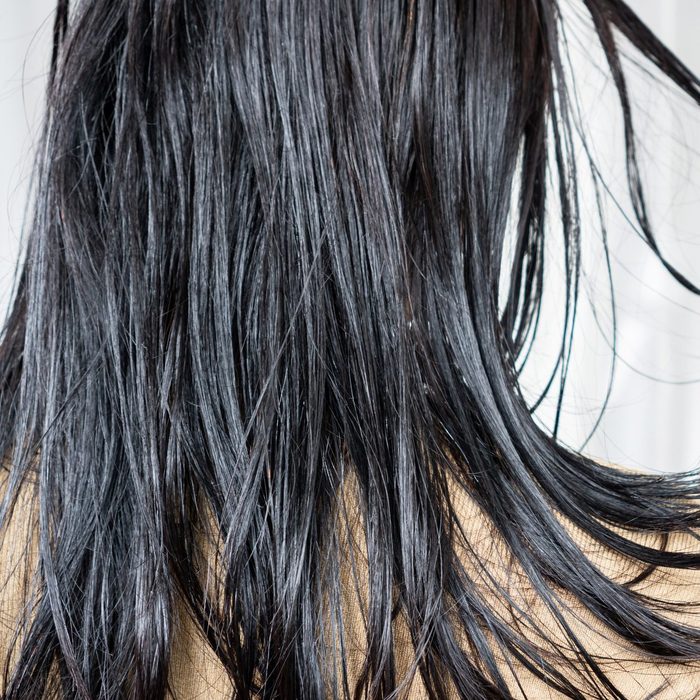
7. Hair
Running your hands through your hair can move germs from everything you’ve touched, like door handles and phones, into your hair. This not only makes your hair greasy more quickly but also spreads those germs to any place your hair touches. Twirling or scratching your hair may feel satisfying, but you could be unwittingly brushing germs onto your face.
Moreover, a 2022 study noted that bearded men carry more bacteria, suggesting facial hair could be another germ collector. It’s wise to keep both your hands and your hair clean to prevent spreading germs.

8. Groin area
The Mayo Clinic advises that the warm and moist conditions of the groin area are ideal for the growth of bacteria and yeast. Unnecessary touching can raise the likelihood of infections. Maintaining proper hygiene, choosing clothing that allows airflow, and avoiding excess contact with this area are important steps to staying infection-free.
For more wellness updates, subscribe to The Healthy @Reader’s Digest newsletter and follow The Healthy on Facebook and Instagram. Keep reading:
- New Study: An Old-School Remedy Shows Impressive Promise at Preventing Serious COVID Infection
- I Ate Peanut Butter Every Day for a Week—Here’s What Happened
- New Study: Exposure to Plastic Increases the Odds of These 3 Cancers
- Dieting? A New Study Found Fasting at This Hour Was More Powerful for Blood Sugar and Weight Loss Than Cutting Calories

